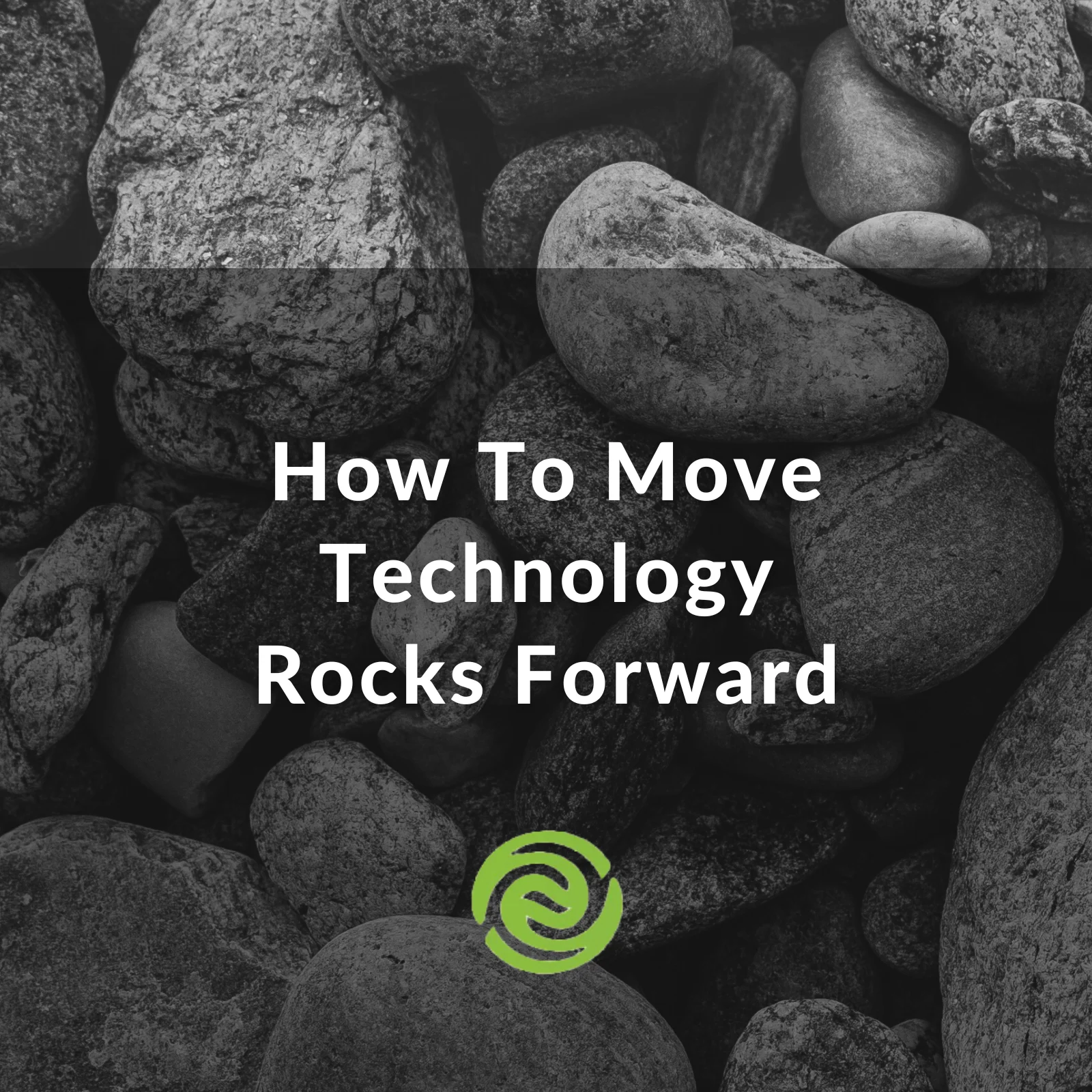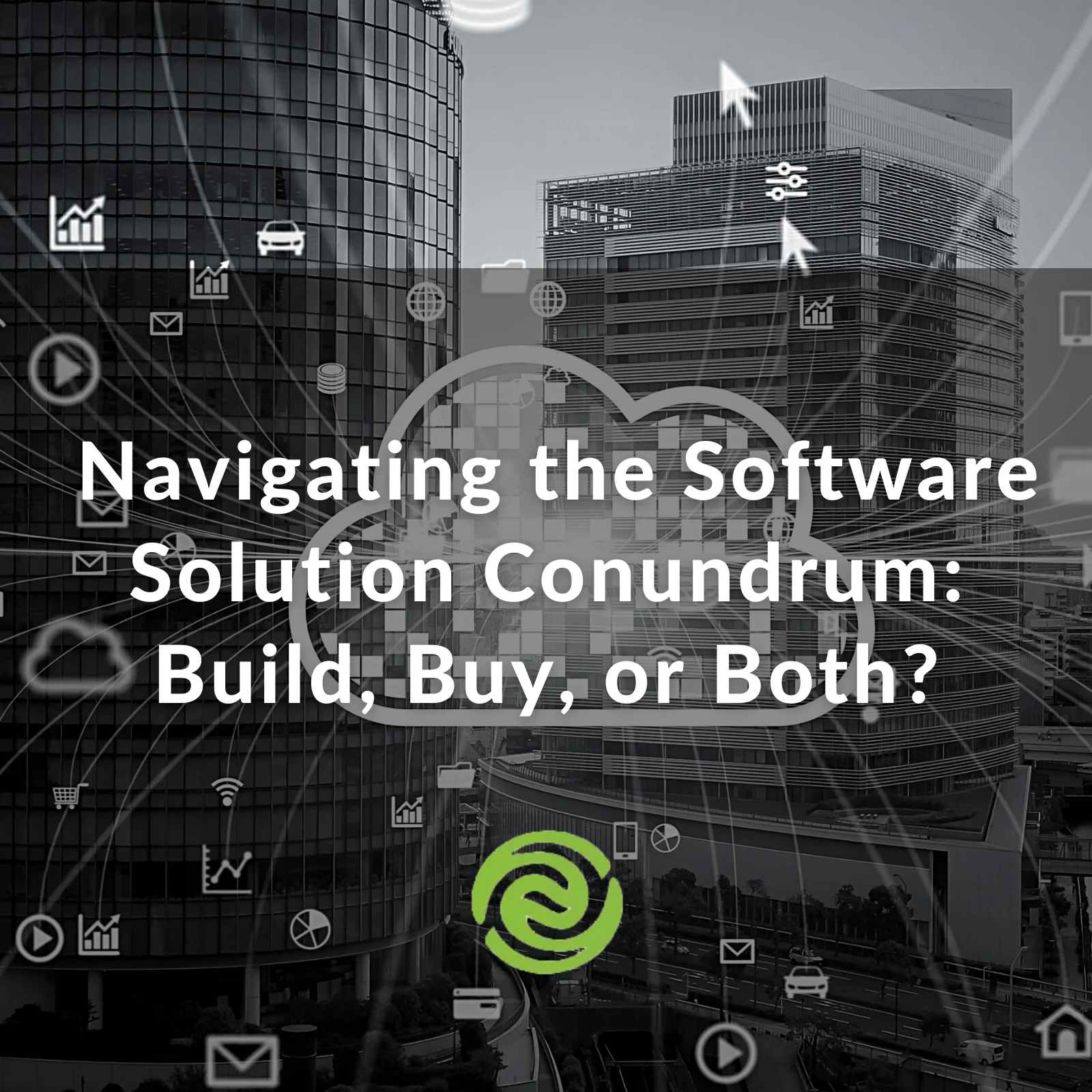A common pain point for many of our prospective clients is the persistent challenge of…
Technology Insights for Manufacturers in 2021
 As an entrepreneur and founder in the technology industry, I am often asked to speak on Technology Culture and how that is shaping our world each day. This interview is part of a round table discussion with several peers in the Midwest Manufacturing Advisors group. You can read the full transcript here or view the whole discussion here.
As an entrepreneur and founder in the technology industry, I am often asked to speak on Technology Culture and how that is shaping our world each day. This interview is part of a round table discussion with several peers in the Midwest Manufacturing Advisors group. You can read the full transcript here or view the whole discussion here.
Automation as a Long-Term Strategy
Q: How has your long-term strategy changed pre- and post-COVID? And what do you think will change regarding that pivot?
A: Strategy is hard to calculate long-term right now, but we can be a little more tactical about our strategy. That may sound odd, but you can be more nimble and look at more tactical efforts in the short term regarding the things you would like to do, such as ramping up sales. We have a client who looks like they’re going to have a down turn at the end of 2022, so they’re looking at building a huge backlog now so that when that time comes, they can work through it.
Internally, we’ve automated every system that we can possibly think of. So anything from collecting the mail to putting out estimates, we’ve asked, “What is the backup of this in case something similar to COVID were to happen again in the future?”
In addition, we’ve never stopped marketing. That’s one of the things we’ve seen a lot of people do – stop marketing – and it can be a death sentence. Instead, we recommend that manufacturers do the opposite by going out and finding new markets, markets they may not have been in before. For example, look at targeting larger clients who will actually survive through the current times, as well as any future pandemic along these lines.
Technology and Remote Work
Q: How does technology tie into remote work?
A: In my home, we have an alarm that goes off at about seven o’clock every morning. It’s a reminder to have our girls check their temperatures and submit their temperatures to their school inside of their app. Similarly, we’ve seen a lot of manufacturers really lean on app technology to get their workforce more connected to the company, more connected to inventory, and more connected to vendors.
Remote and hybrid work policies are another big one for us. Remote work is mostly about trust; it’s easy to see people in the office and see that they’re doing the work they’re supposed to. That’s not the case with remote work, so we’ve learned to trust our people more. We’ve gone with a hybrid remote policy where we’re in the office part of the time and out of the office the other part of the time. It kind of goes back to that old saying of, “delegate, but follow up.” Make sure you’re passing off, in detail, what you need, and then follow up to make sure everything’s been done. And most people will do what they need to do. Now, that doesn’t apply to everybody, but that’s one of the lessons that we’ve learned.
The last one is just never waste a good crisis. When you’re getting ready to host a party, you get your house completely ready and all those things that you wanted to get done are finally done before the party, because you had a deadline, right? That’s kind of what this was like, getting everything done that really needs to be addressed.
Using Data to Fuel Decision-Making
Q: How do manufacturers pivot their strategy from survival-mode back into growth-mode?
A: With 2021 strategy planning well underway, that’s a question you get a lot here in the last quarter of 2020. You may have heard through our last Tough Topics webinar that, “the virus is actually fear.” COVID is obviously out there, it’s a very real and concerning thing. There are still people who are afraid to leave their homes, which is okay. But fear is leading a lot of our decisions right now. And if you make a decision or answer a question from fear versus what you need or want to accomplish, you come out with a very different result.
So, what we’ve tried to do is just generally get over that fear, and that’s what we’re recommending. Those people who may not be as fearful as others should lead us into the next economy, so to speak. We need to get ourselves back to some sort of normalcy, as much as we can.
We also need to get back to strategic thinking, get back to a growth mindset, a growth mindset that thrives on challenges. There has never been a challenge like this before. So if we want to really face this thing head-on, as a challenge, we need to get back to problem-solving and some of the things that we do best as business owners and high-level executives. If we go back into the portion of our brain where we’re used to solving problems, and we get out of the fear portion of our brain, I think we’re going to make a lot better headway over the next several months.
Virtually Connecting with Your Customers
Q: How can manufacturers change their marketing and sales plans to reach customers in this current environment? How do they make changes when we don’t have all the information?
A: I remember hearing back in March that this might last until June and I remember thinking, “There’s no way!” Well, Thanksgiving is next month, so it’s obvious that we’re going to be this way for a while. So, what I’ve tried to do and what I’ve recommended is just to learn how to do the same things you used to do, but just do them virtually. Like right now, we’re learning virtually. We can’t network like we used to, but there are plenty of ways to do that virtually, too.
You should also think of it along the lines of getting your virtual presence right. Your camera angle, your lighting, having conversation starters. Try using some posters in the background or an interesting piece of furniture. Those are great conversation starters.
It’s about using that virtual environment to actually conduct a normal conversation. Encourage people to turn their cameras on and engage with the whole virtual experience.
Protecting Your Team
Q: Has your organization or have your clients’ organizations implemented rigorous cleaning and sanitation protocols? And if so, will these measures continue beyond the pandemic?”
A: Luckily we’ve been able to make hand sanitizers available, as well as provide sanitizing chemicals for wiping down office surfaces and things like that. We have masks available. Everybody was already socially distanced because of the layout of our personal offices. Now we spread out in the conference room, and hold meetings at other locations in the building to try not to get too many people in one spot.
We’ve seen that side of it, where for us it’s been pretty simple, but I also know clients who are using commercial spraying systems, as well as implementing lighting systems that kill the virus and bacteria.
Finding Talent
Q: How can manufacturers take advantage of the current labor climate to upgrade their talent?
A: With the unemployment rate on the rise, there are a lot of people looking for work. There are a lot of “A” players who have gotten laid off from some incredible roles, it’s just a matter of finding them.
There are two books that were recommended to me not long ago, one called “Topgrading” by Bradford Smart, and the other called “Who” by Geoff Smart. They are both excellent books about zeroing in on interview techniques, what to look for, how to go about finding the right “A” players.
Leveraging Automation
Q: What’s the one thing companies need to factor into their budget for 2021 that they may not have had in 2020?
A: Automation.
Back to what we talked about earlier, looking at all the processes you couldn’t get done when we had to go remote, a lot of people will overlook automation as a solution. They’ll just live with the spreadsheets and the disjointed data and all those inefficiencies. But if you want to be fully remote and survive, you have to get on board with process automation.
The Bottom Line…
We have learned a ton from the pandemic, especially when it comes to what works and what does not in business. Gather up all of those hard lessons learned from this crisis and sort them out into things you want to move forward with as part of your normal process and things that need to go to the scrap pile. Plan ahead for what your business processes need to look like when the next pandemic hits. Automate everything you can!
Reach Out
Tom Swip is on a mission to help Midwestern Manufacturers & Entrepreneurs grow and maintain profitable businesses through Technology Culture, and his company, Swip Systems. Tom has been developing and streamlining processes for over 25 years. His expertise lies in business process automation, as well as, software application design and security.
After recognizing the need for more community support for manufacturing through his work at Swip Systems, Tom founded the Midwest Manufacturing Leaders. This organization is aimed at bringing back manufacturing and stabilizing the region’s economy by connecting leaders in the industry.








